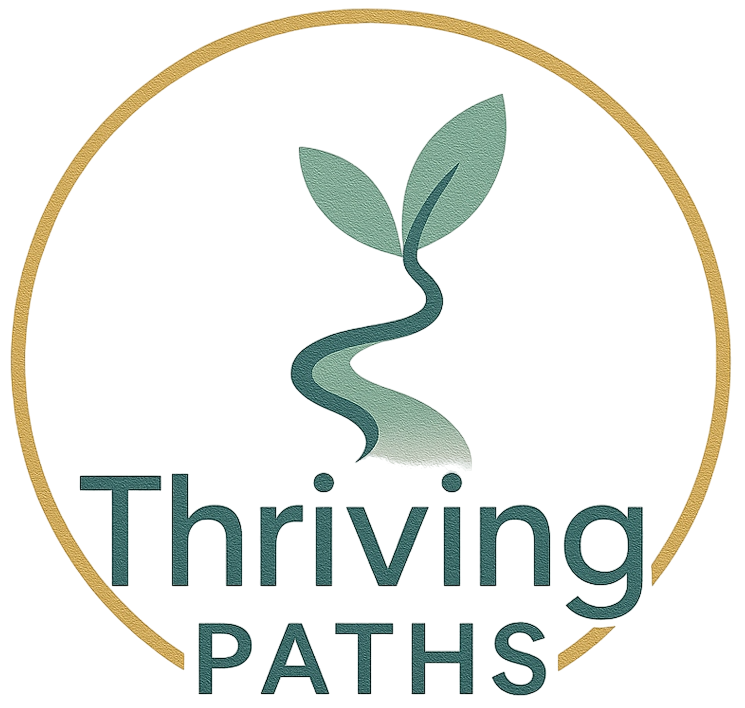Anxiety, and its many cousins like overwhelm, dread, and chronic stress, are no longer occasional visitors for most people.
In our rapidly changing world, psychological challenges have multiplied, and anxiety-related struggles are expected to keep growing. That’s why having the ability and knowledge to reduce anxiety immediately has become extremely important in modern day. What once triggered anxiety in our ancestors, tangible, life-threatening dangers, has evolved into something far more insidious and abstract. Today, it’s not a tiger in the bushes that unsettles us, but the invisible pressures of career uncertainty, existential fears, relational instability, and information overload.
As the nature of our perceived threats changes, so too must our way of responding to anxiety. A purely surface-level approach is no longer enough. We need an upgraded response, not necessarily more complicated, but more integrated: one that addresses the cognitive, physical, and emotional dimensions simultaneously. Therapy techniques that focus on only one aspect, such as repeating affirmations (cognitive), deep breathing (physical), or venting feelings (emotional), may offer temporary relief at lower levels of distress.
But when anxiety intensifies, one-dimensional methods often fail, leaving individuals feeling even more powerless and overwhelmed. Ironically, the solution lies not in adding complexity, but in embracing the elegance of simplicity: The same way an attuned parent instinctively soothes a distressed child, touching body, mind, and heart, we must learn to respond to our own anxiety in a similarly layered, compassionate way.
Imagine a child in distress:
- If a parent only comforts physically (with a hug) without addressing the emotion or helping the child make sense of the situation, the relief will be partial.
- If a parent only talks logically without offering emotional connection or physical reassurance, the child’s fear may persist unprocessed.
- True healing happens when the parent soothes the body (a loving embrace), meets the emotion (with empathy and acceptance), and guides the mind (with clarity and strategy).
Similarly, to truly reduce anxiety immediately in ourselves, especially when it runs deep, we must attend to all three dimensions: body, emotion, and mind. And the beautiful part is: this can be learned and practiced. Mastery doesn’t come overnight, but every act of conscious care strengthens your ability to meet yourself fully.
Holistic Therapy Techniques to Reduce Anxiety Immediately
Here are 3 effective ways to reduce anxiety immediately:
1. Regulate the Body First
When anxiety strikes, the body must first feel safe before the mind can open.
- Slow your breathing consciously (try a simple 4-4-8 breath: inhale for 4 counts, hold for 4, exhale for 8).
- Place a hand on your chest or abdomen, offering yourself the simple reassurance of touch.
- Move gently: a slow walk, light stretching, or shaking out tension can tell your nervous system: “I’m safe.“
Why it works: The body is the entry point to regulation. A grounded body becomes the foundation for a calmer mind and heart.
2. Validate and Allow the Emotion
Resisting anxiety often fuels it. Instead:
- Name it: “This is anxiety. It’s okay to feel this.”
- Approach it with the same kindness you would offer a dear friend or a frightened child.
- If tears, trembling, or yawning come — allow them. They are the nervous system’s natural ways of discharging emotion.
Why it works: Emotions are feedback signals, not enemies. By meeting them with warmth rather than judgment, we open the path for healing.
3. Engage the Mind with Wisdom
Once the body and heart are soothed, the mind becomes more receptive:
Ask yourself gentle, expansive questions like:
- “What might this anxiety be trying to tell me?”
- “Is there something simple I can do right now to care for myself?”
- Offer your mind a strategy or perspective shift, not a rigid demand to “fix it immediately.”
Why it works: The mind, when softened by physical and emotional regulation, becomes an ally in understanding and moving through anxiety, rather than spiraling in fear.
Getting support from a qualified mental health therapist can help you use these therapy techniques to reduce anxiety immediately. You can get in touch with experienced practitioners at Journey who are knowledgeable about anxiety and can guide you to lasting relief.
Final Reflection
Anxiety, like all emotions, is not a mistake — it is a compass, a call for integration.When we learn to meet our anxious states with the same layered care an attuned parent offers a distressed child, we transform anxiety from a paralyzing force into a doorway for growth.
This is not about perfection but about practice. Because each time you respond holistically using effective therapy techniques to reduce anxiety immediately, even imperfectly, you are building new pathways of resilience and self-trust. And remember: sometimes, external support (through therapy, coaching, or safe community) is needed when the weight feels too heavy to hold alone. Seeking help is not weakness — it’s wisdom.
The question is not whether anxiety will arise; it will, as long as we are human.The real question is: Will we meet it in a way that honors the fullness of our being— body, heart, and mind?
